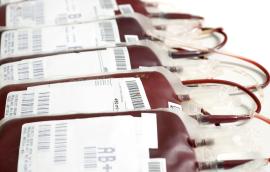Public-private Divide: Cultural and Social Factors in Women's Attitudes Toward Cord Blood Banking in Jordan
Private cord blood banking is more widespread than public banking in Jordan, contributing to misinformation and unequal access to resources. The authors conducted surveys with women in Jordan to examine perspectives toward cord banking in the country in order to inform policymaking, ethics and education about the practice.
Monica M. Matsumoto, Rana Dajani, Kirstin R.W. Matthews September 6, 2018






